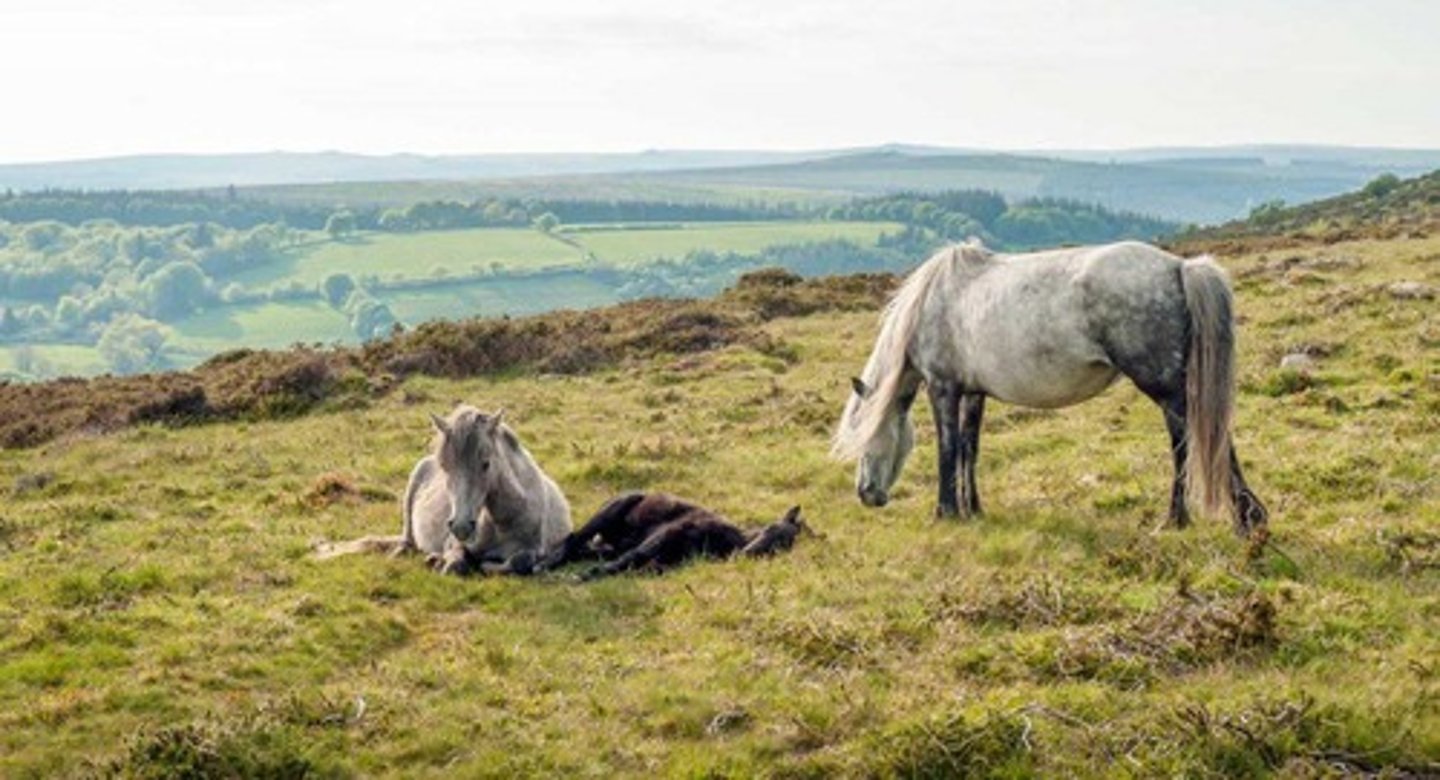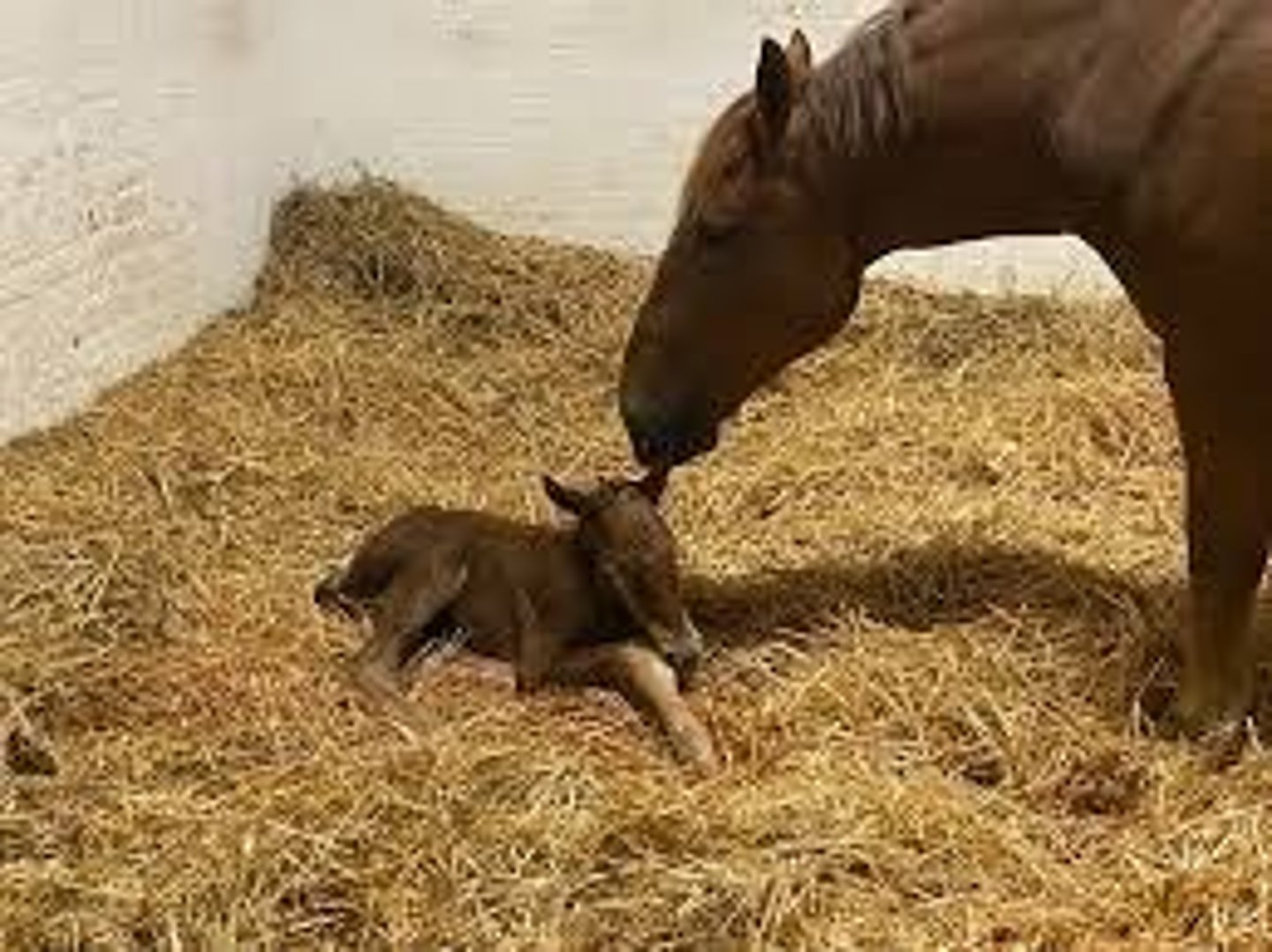Equine Housing Design
1/22
There's no tags or description
Looks like no tags are added yet.
Name | Mastery | Learn | Test | Matching | Spaced |
|---|
No study sessions yet.
23 Terms
Equine Housing
Structures designed for the care of horses.
Domesticated Horse
Horses kept for work, sport, or companionship.
Stabling
Keeping horses confined in stalls or boxes.
Grazing
Allowing horses to feed on grass outdoors.

Racehorse Housing
Stabled most of the time, limited turnout.
Box Rest
Confinement for recovery from injuries.
Social Considerations
Horses' need for companionship and interaction.
Space Requirements
Minimum area needed for horse comfort.
Stable Size
Pony: 3m x 3m; Horse: 3.6m x 3.6m-4.2m.
Foaling Box Size
Minimum size of 4.25m for birthing.

Bedding Types
Shavings, straw, paper, woodchip for comfort.
Ventilation
Airflow in stables to maintain health.
Hygiene in Stables
Daily cleaning to prevent disease.
Dust Management
Reducing dust to prevent respiratory issues.
Turnout Considerations
Access to pasture and social dynamics.
Protective Wear
Boots and rugs for temperature regulation.
Poisonous Plants
Ragwort, Oak, Sycamore, Yew harmful to horses.
Animal Welfare Act 2006
Legislation ensuring animal welfare standards.
Welfare Needs
Requirements for environment, diet, and behavior.
Exercise Needs
Daily movement essential for horse health.
Recommended Grazing Area
1.5 acres per horse for adequate grazing.
Case Study: Racehorse
High concentrates, limited turnout, exercised minimally.
Case Study: Riding School Horse
Stabled during day, turned out at night.